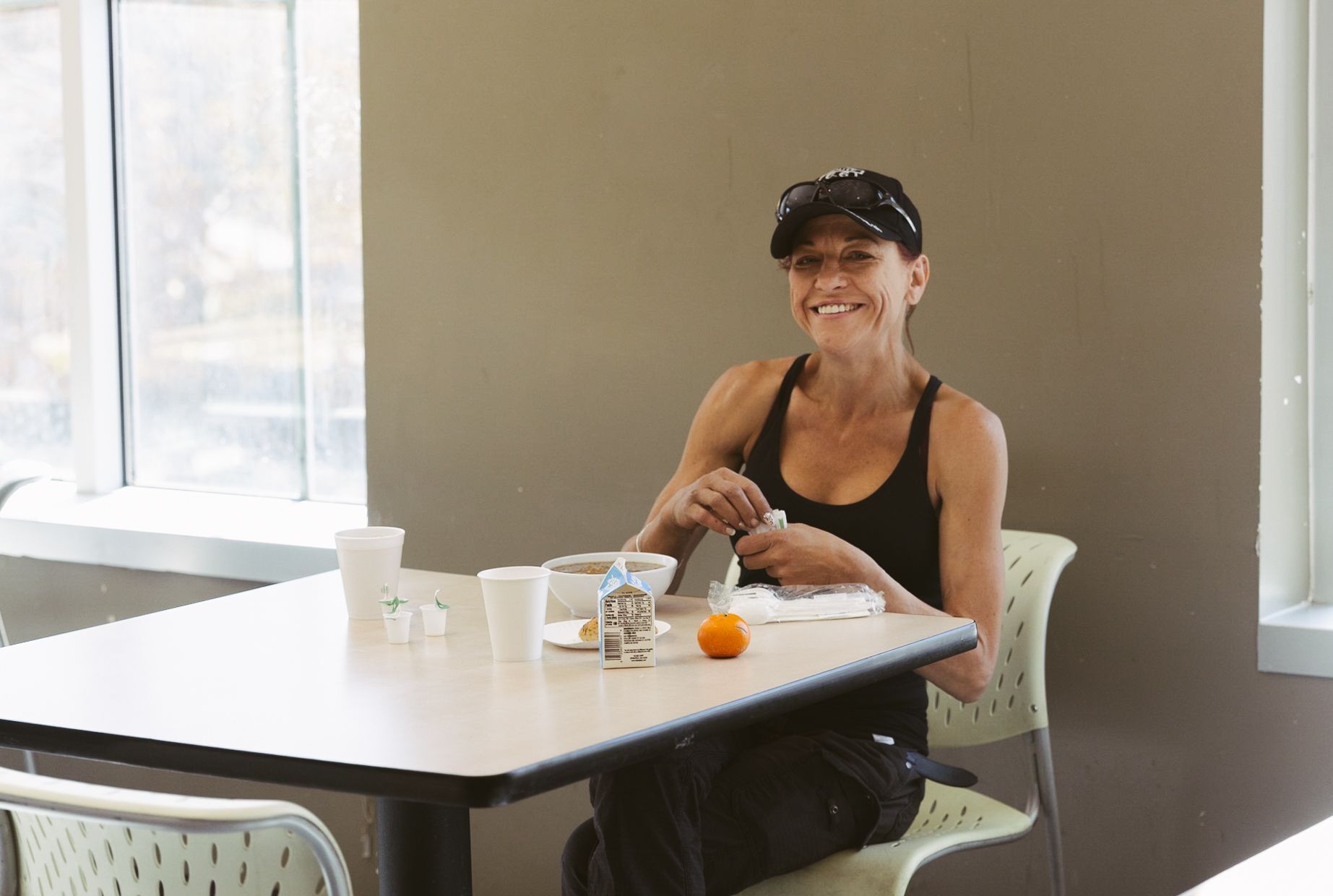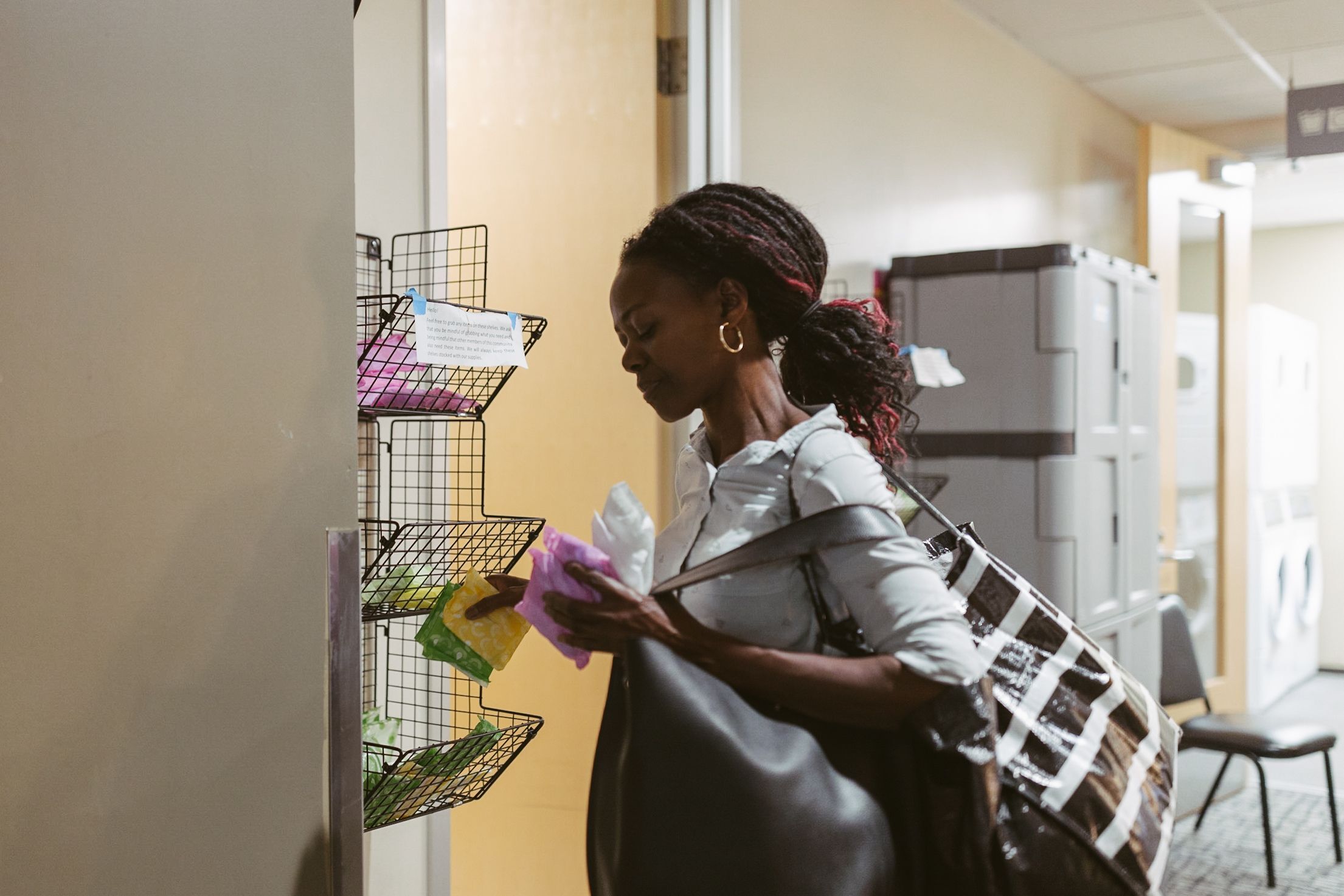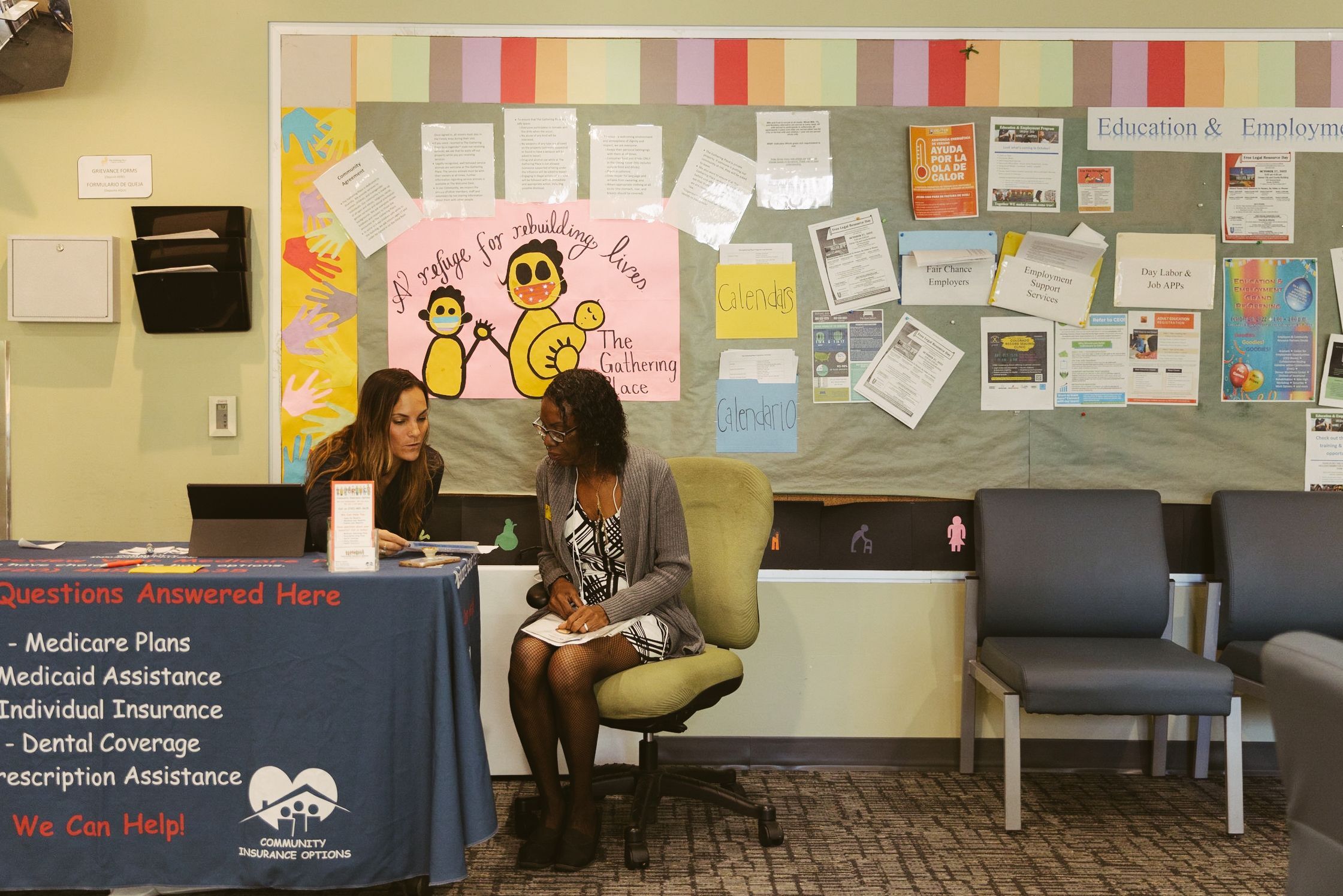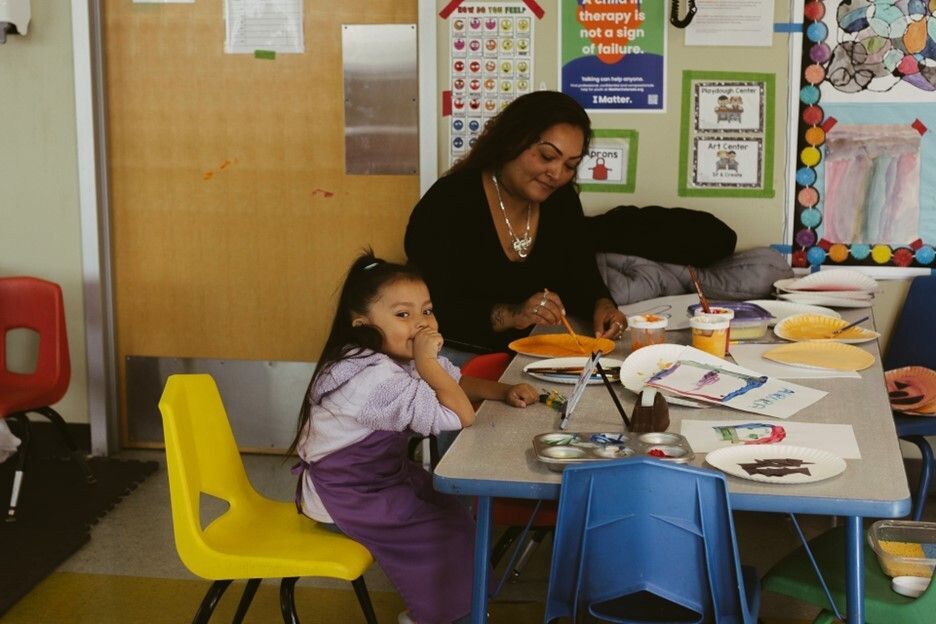
Rachel Noel is both a leader and a legend in the fight for education equity in Colorado. Her deeply instilled value for education generated waves of social change in the 1960’s when she became the first African American elected to join the Board of Education.
After finding that both her daughter and son were being transferred out of the schools that were closest to the family home and into schools with primarily minority students, she led an investigation into Denver Public Schools practice of de facto segregation. School districts were being redrawn to separate white students into higher quality schools and minority students into poorly funded schools, even after segregation had been outlawed. The Noel Resolution (Resolution 1520) proposed in 1968 was the first step in integrating schools so that people of all races had access to quality education and resources.
Her work towards equal education and equal opportunity was a life-long commitment. She was head of African American Studies at Metropolitan State University, the first African American to serve as member and chair on the University of Colorado Board of Regents, and head of the Black Advisory Committee for the Denver Housing Authority. She won the Martin Luther King, Jr. Humanitarian Award, is a member of the Colorado Women’s Hall of Fame, has a middle school named after her, and countless other awards and honors in her name.
“She always wanted to push forward,” her daughter observed. “If she were at MSU Denver today, she’d be asking ‘what still needs to be done? Yes, we have accomplished some great things in the past, but how do we protect the advancements we’ve made and continue to push for more?’”
Read Rachel Noel’s full story on the Denver Public Library Website
In honor of Black History Month, we're taking a deep dive into how Black history continues to shape our world today, particularly in terms of the lingering effects of slavery, segregation, and racism on our communities. Racist policies and practices are not all things of the past, and its crucial to acknowledge the systemic inequities continue to persist.
We're shining a light on five ways Black individuals disproportionately experience homelessness right in our own backyard. Several factors play into these issues and it’s important to keep in mind that this is just a brief overview of a very complex problem with a long, compounding history.
1. Overrepresentation:
Black people represent only 6% of the general population, yet 22% of the homeless population in the Denver metro area [1].
2. Long-lasting Effects of Redlining:
From the 1930’s to 1960’s, the FHA enforced redlining – assigning each neighborhood in Denver a grade from A to D, from desirable to undesirable. These grades heavily favored white neighborhoods, leaving neighborhoods of color to be falsely devalued and their residents denied housing loans and mortgages [2]. This inhibited homeownership opportunities and asset growth in the BIPOC community, which effectively limits any accumulation of generational wealth. This historical injustice still echoes today in the disparities we see in housing equity and diversity across Denver.
3. Healthcare:
Black/African Americans and their children present some of the highest rates in:
- lack of health insurance
- food insecurity
- mental health problems
- living with a disability
- health concerns like diabetes, asthma, and HIV
- lower life expectancy
- higher infant mortality rates
in both national and local studies [3,4]. A 20-year meta-analysis demonstrated that people of similar social status with similar medical conditions will receive better treatments for pain if they have lighter skin and weaker treatments or none at all if they have darker skin [3]. These experiences have led to a general mistrust in our healthcare system, which leaves members of the BIPOC community untreated or undertreated and at a further disadvantage.
4. Incarceration:
The incarceration rate for individuals born into low-income families is 20 times that of those born into high-income families, and Black adult Coloradans were imprisoned almost seven times more often than white adult Coloradans [1,2]. Nationally, formerly incarcerated individuals are almost 10 times more likely to experience homelessness than the general public, especially if they are BIPOC [2]. This bias can lead to higher rates of repeat incarceration as homelessness itself is often criminalized through measures that prohibit life-sustaining activities like eating, sitting, sleeping/camping, or asking for money in public spaces. Additionally, regardless of the length or severity of their sentence, formerly incarcerated individuals face stigma, particularly when applying for housing and employment.
5. Eviction:
Black households are twice as likely to experience eviction as compared to their white counterparts, with Black women and children at the top of this list [2]. Here’s a bonus statistic for you: Black women earn 64 cents for every dollar that white, non-Hispanic men make [5]. Eviction is not only emotionally traumatizing on its own, but it also causes severe setbacks when trying to obtain housing in the future, further deepening the cycle of homelessness.
Reminder - Cherish Black lives not only during black history month, but all year long!
A lot of progress has been made in the last 50 years, but there is still work and intention needed on all levels – local, state, and government – to break down systemic inequity. Here at TGP, we are committed to addressing these disparities by diversifying our staff, leadership, and Board of Directors to include more BIPOC and people with lived experience in homelessness or poverty. We’re striving to ensure that marginalized communities and people with lived experience shape our decisions and policies for a more inclusive future. There’s no quick or easy solution to address the disproportionate experience of homelessness, and this effort represents just one of the many steps we’re taking to challenge these disparities. Will you stand side-by-side with our community, not only during Black History Month, but all year long?
[1] Metro Denver Housing Initiative. “State of Homelessness 2023”. 2023. https://www.mdhi.org/soh-2023
[2] Colorado Coalition for the Homeless. “Race, Ethnicity, and Homelessness Issue Brief 2020”. 2020. https://www.coloradocoalition.org/sites/default/files/2020-10/Issue%20Brief-Race%20Ethnicity%20and%20Homelessness_final.pdf
[3] Salimah H. M. et al., Time to Take Stock: A Meta-Analysis and Systematic Review of Analgesic Treatment Disparities for Pain in the United States, Pain Medicine, Volume 13, Issue 2, February 2012, Pages 150–174, https://doi.org/10.1111/j.1526-4637.2011.01310.x
[4] Colorado Office of Health Equity, Department of Public Health, and Environment. “Health Inequities Impacting Colorado Communities of Color.” https://drive.google.com/file/d/1b4pO8xIxvohqNTFn0_jkuqA634RT0xDl/view
[5] Bleiweiss, R., et al. “Women of Color and the Wage Gap”. Nov. 17, 2021. https://www.americanprogress.org/article/women-of-color-and-the-wage-gap/





